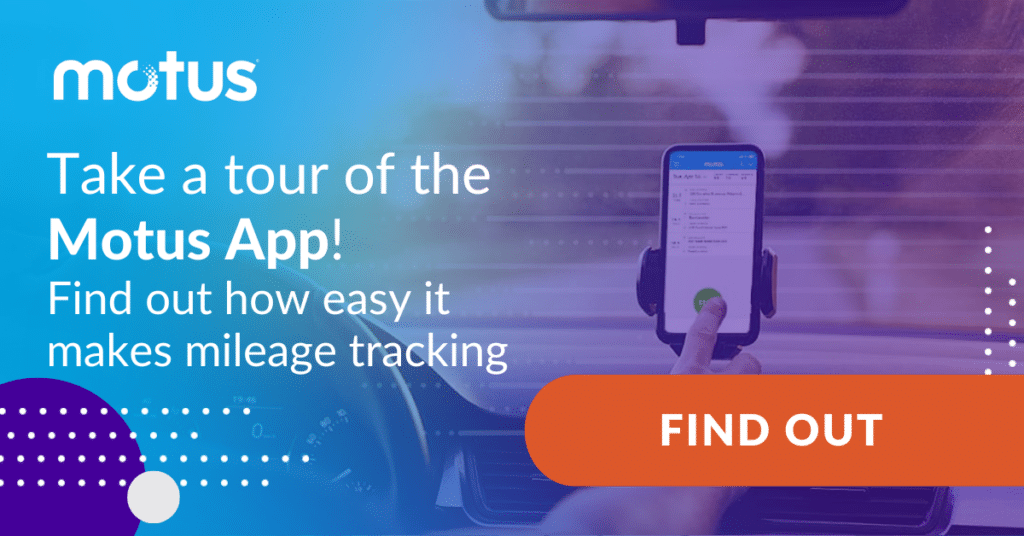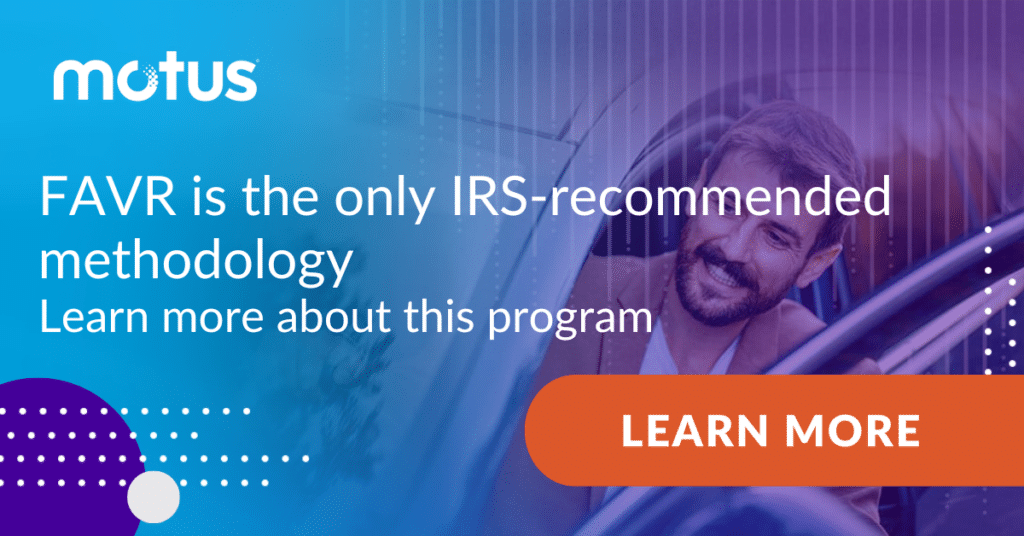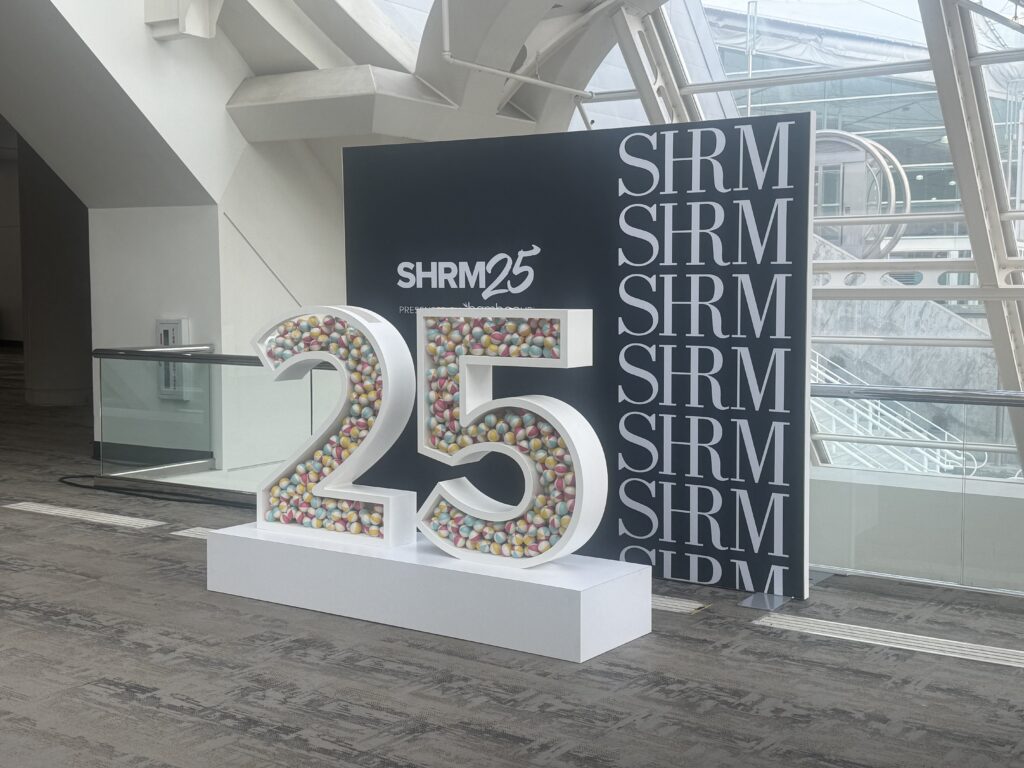Switching vehicle programs can be daunting. While not often in the spotlight, vehicle programs are an essential function of most, if not all, companies. Making a change can feel like an invitation for chaos or objection from employees who drive every day. In situations like this, it’s important to know what your next steps are. In this blog we’ll walk through transitioning out of a cents-per-mile program, beginning with the why of it before getting into the how.
Why Transition out of a Cents-Per-Mile program?
Every company will have its own reason. Some are more common than others. Depending on the policy, there can be downsides to a cents-per-mile program. To be clear, a majority of the downsides of a CPM program can be avoided with the right calculation and the right policy in place. It’s important to understand that a cents-per-mile program can be the right fit for your company, even if the current version isn’t working. Let’s explore the issues you may be facing.
Downsides of a Cents-Per-Mile Program
There are a handful of downsides that may push companies toward transitioning out of a cents-per-mile program. These downsides include mileage fraud, audit exposure, unpredictability in reimbursement amounts and high mileage drivers. Keep in mind, some of these downsides share a common solution, while others may need to be examined case by case. Let’s dig into the downsides, beginning with mileage fraud.
Mileage Fraud
Mileage fraud is an issue so common employers might not even know what to look for. Essentially, when driving employees record their mileage manually, they round up on their mileage. A 19 mile trip becomes a 20 mile trip. This may not seem like a big deal, but that inaccuracy, that mileage here and there, adds up. That’s especially true when you multiply inaccuracies across the company’s entire driver pool.
IRS Audit Exposure
As with mileage fraud, audit risk is mostly a manual mileage tracking issue. If employers have employees writing the mileage of each trip down on paper, those “mileage logs” may not only lack accuracy. They may also be out of compliance. To meet IRS standards, all mileage logs must include essential information. Any mileage log that’s incomplete (or potentially illegible) will be considered out of compliance. Mileage logs that fail compliance standards could expose the company to audit risk.
The Solution to Manual Mileage Tracking
If you’re wondering whether there’s a solution to the issues of manual mileage tracking, you’d better believe there is. It’s called automated mileage capture. Instead of employees writing down all the details on scraps of paper, they can simply keep their phone with them as they drive. The phone captures information like the start and stop destination, the mileage traveled and the time. If any other relevant information is required, employees can add it when it’s time to submit mileage logs.
Reimbursement Unpredictability
Driving schedules can be a challenge. Industry, seasonality and geography can all majorly influence how much or how little a mobile worker drives. The more sporadic the driving, the more difficult it is to budget for. This can be a challenge for some companies. Whether it’s enough to push a business toward transitioning out of a cents-per-mile program depends on their situation.
High Mileage Drivers
Some employees drive for work. Say 5,000 miles a year. That’s 96 miles a week, or 19 miles a business day. That’s not a crazy amount. Surely there are more days/weeks that are more driving-focused than others. We’d consider that range fairly low mileage. Then there are the high mileage drivers.
In some industries, mobile workers will drive hundreds of miles each week. Their vehicle is their office. Those employees drive a lot. There’s nothing wrong with that. Depending on the company and industry, that can be essential. But with the wrong cents-per-mile rate, their reimbursements can add up very quickly.
Why CPM Might Be Right For Your Company
Some companies are better suited for, and find success with, a cents-per-mile program. With automated mileage capture removing issues of audit exposure and mileage fraud, CPM is a fairly easy program to administer. Issues with unpredictable reimbursements and high mileage drivers should be considered on a case-by-case basis. With the right program, companies can use previous reimbursement data to budget more accurately for the following year.
As for high-mileage drivers, the CPM program works best for companies with mobile workers who operate in a specific region. Companies that need almost exclusively high-mileage drivers in various areas would likely be better off with a different program. If your mobile workforce is split between high and low mileage drivers, it may be best to use separate vehicle programs. CPM would still be an effective option for the low mileage driving pool, but reimbursing high-mileage drivers would be better supported with a different program.
FAVR: The Alternative
Say you’re set on transitioning out of a cents-per-mile program. Regardless of your previous experience or potential solutions, you’re looking for something new. We’ve mentioned alternative programs above for companies transitioning out of a cents-per-mile program. While there are a handful of vehicle program options, the most effective alternative is the fixed and variable rate (FAVR) reimbursement program.
FAVR provides employees with a reimbursement for the fixed costs of vehicle ownership (insurance payments, license and registration fees) and the variable costs (tires, maintenance, fuel). This makes the program more predictable to budget for. FAVR also provides rates specific to employees. That means taking geographic costs into account, so when a mobile workforce is more spread out, employees receive more accurate reimbursements.
Transitioning Out of a Cents-Per-Mile Program
It’s hard to see the benefits of FAVR to all involved and not see implementation as a smooth and easy process. But any change will raise questions. As with most changes in a company, success depends on good communication. We know the value. You know the value. Now all driving employees impacted should know how the program works, the benefits involved and why you’re transitioning out of a cents-per-mile program. Here are a few talking points to highlight before implementing FAVR:
1. Reimbursements May Benefit Employees But Aren’t a “Perk”
It can be hard to jump right into the conversation of switching vehicle programs with mobile workers. The best place to start? With how it impacts them. Let them know that vehicle-related expenses aren’t any different than other T&E (Travel & Expenses).
This isn’t just important for driving employees to understand. Executive-level management should also be made aware the reimbursements aren’t perks. What’s the difference between FAVR being a benefit and not a perk? FAVR ensures employees are reimbursed with pinpoint accuracy. An employee paying $20 at a restaurant doesn’t submit a receipt expecting a $50 reimbursement.
2. Who Benefits? Everyone
The conversation around transitioning out of a cents-per-mile reimbursement should be an easy one. Employees already drive their personal vehicles, so it should be centered on explaining the Fixed and Variable Rate reimbursement. For employer and employees, the benefits are clear. While removing audit risk, mileage fraud and administrative burden, FAVR enables companies to provide employees with more accurate reimbursements on a more dependable cadence.
Go over the make up of reimbursements and the expectation of monthly variation. Increased gas prices generally translate to increased reimbursement. It’s also important they understand FAVR isn’t just reimbursing for gas. It also considers the costs of owning and operating the vehicle itself. By removing mileage fraud and accurately reimbursing employees, companies can leverage control costs and even reimburse mobile workers more. FAVR is an opportunity for both employer and employee to win. Emphasize that.
3. Logging Mileage Matters
Last on our list of essential points to communicate is this:
- In a FAVR program, capturing mileage is vital.
- Make sure mileage logs are compliant.
Capturing mileage won’t be anything new. If anything, they may have to get used to not writing it down by hand. But, by using an automated mileage capture app, they will save time and avoid mistakes or inaccuracies.
Driving employees aren’t the only ones who need to know the importance of mileage logs. Accurate mileage logs also enable mobile workforce managers to fairly reimburse and report on the company’s business driving. When accurately reported, employee mileage provides a clear connection to reimbursement amounts, protecting the company from audit.
Making the Transition
Depending on their previous experience, companies choosing to transition out of cents-per-mile reimbursement to FAVR can see considerable cost savings and more accurate reimbursements. Transitioning shouldn’t negatively impact driving employees or require a massive company-wide change. However, before the transition, it’s essential to take the time to explain the new program’s benefits, in addition to explaining why and how your company will implement FAVR.
With the right vehicle program vendor outlining implementation, assisting with communication and explaining FAVR to employees will be a breeze. Once the company gets how FAVR enables companies to provide the most accurate reimbursements while preventing mileage fraud and audit risk, the rest is smooth sailing. Ready to learn more about FAVR? Check out our Business Guide to Fixed and Variable Rate Reimbursement.









